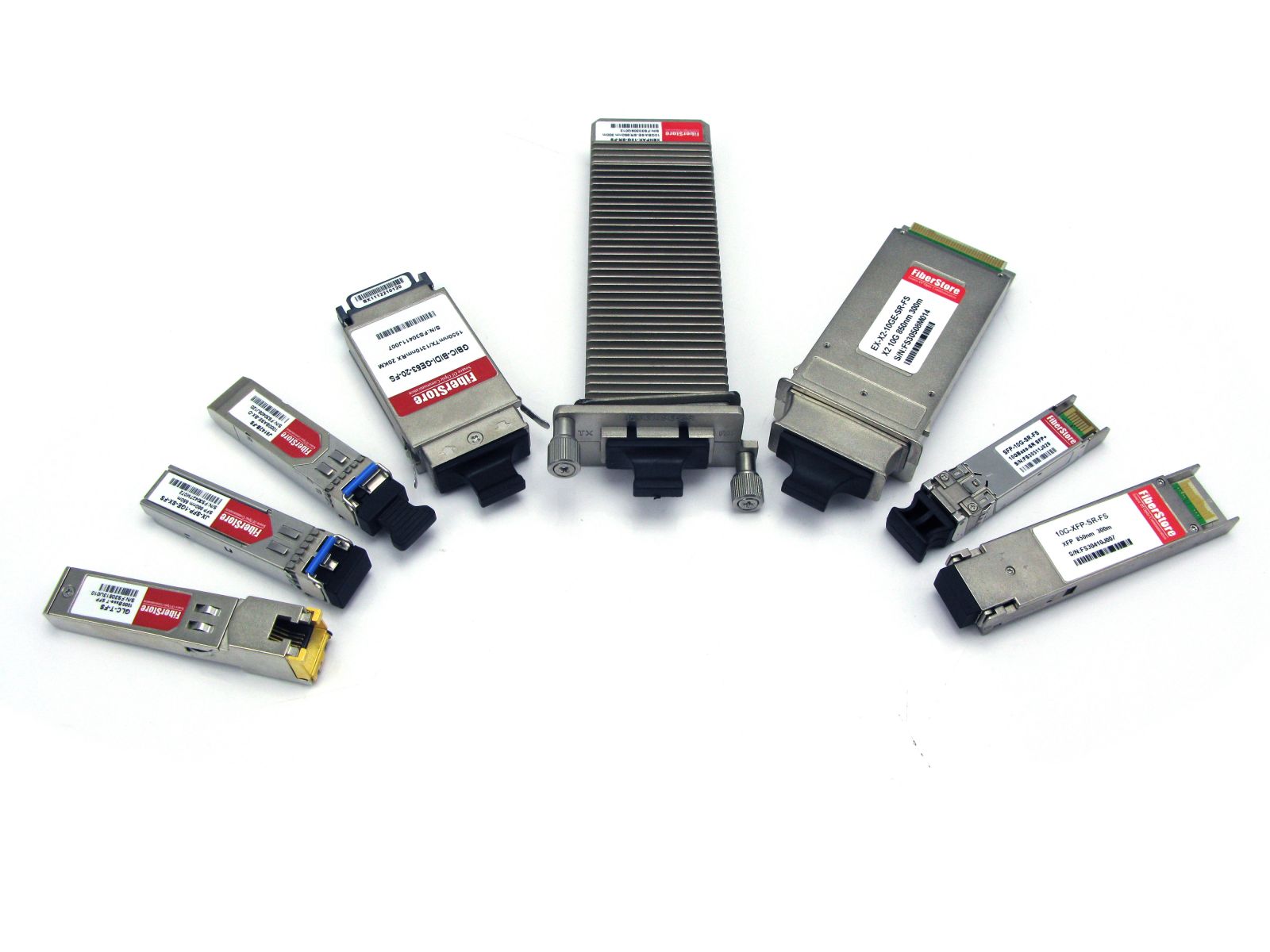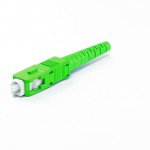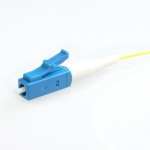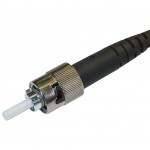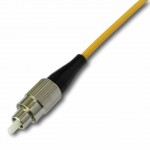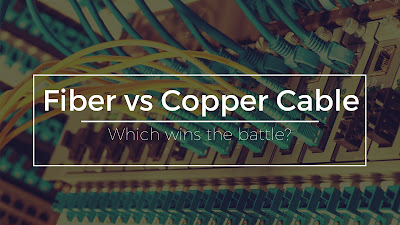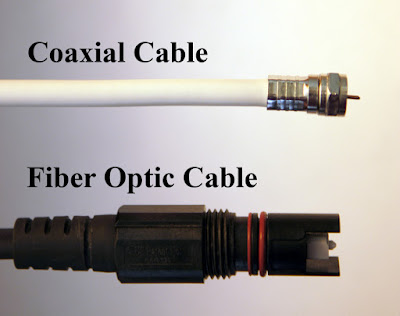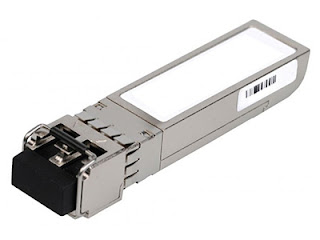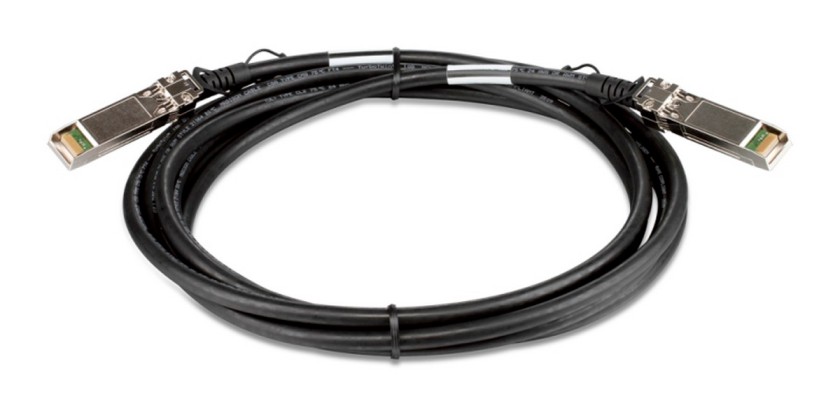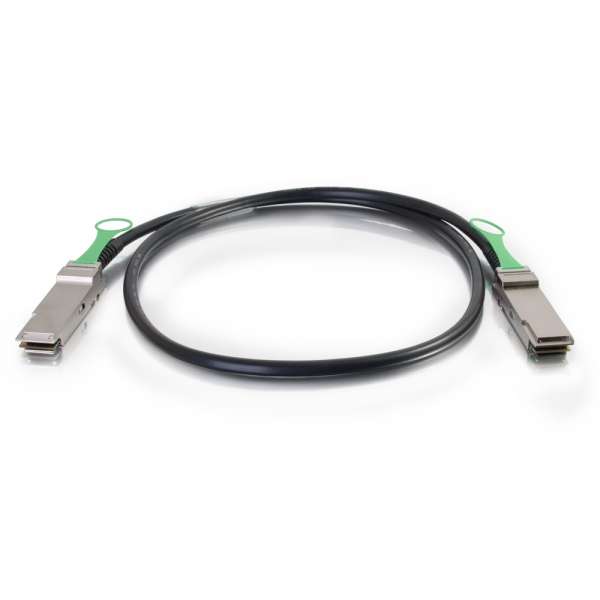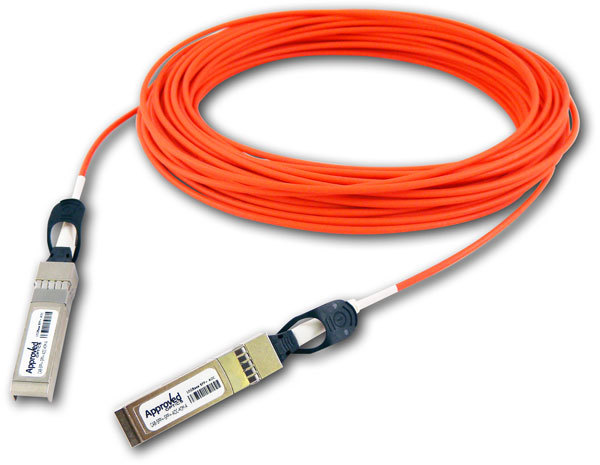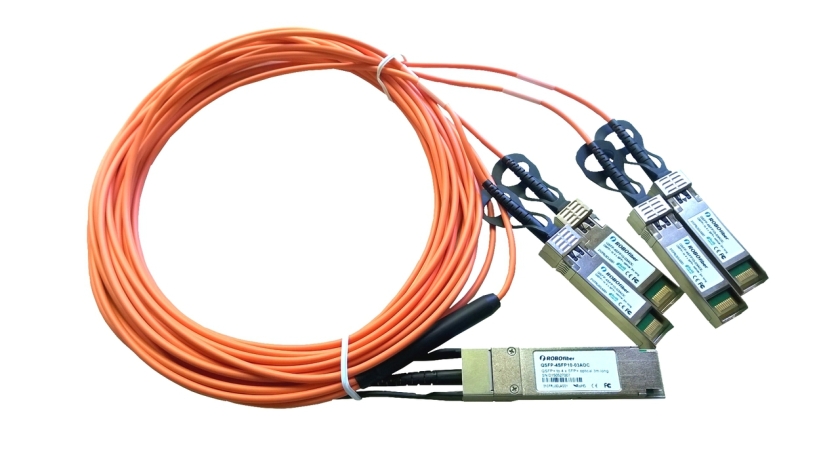According to different standards, fiber optic cables can be categorized into different classifications. One way is to classify the cable into single-mode fiber (SMF) and multimode fiber (MMF). The comparison between these two types of optical cables can assist you in choosing the most suitable cable for device. This article will compare the two kinds of cables from cable path, distance, precision termination, cost and color. Hope you can find some useful information from the article.
Single Path Vs. Multiple Paths
SMF uses laser light which usually follows a single path through the fiber. MMF takes multiple paths, which may result in a differential mode delay. Each type of fiber can be applied for different equipment. It’s important to know which application is more suitable for practical use. Otherwise, it will not operate at optimal levels.
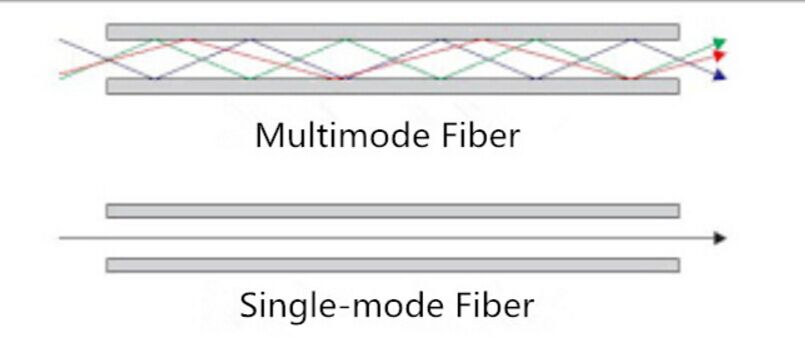
Short Distances Vs. Long Distances
SMF is used for long distance communication, and MMF is used for distances of 500m or less. Each type is equally as effective when chosen for the proper communication device. Make sure to check the ratings to determine which type is best for your application. The distances should be clearly marked.
Thick Core Size Vs. Thin Core Size
SMF typically has a smaller core size of 8.3 to 10 microns in diameter which is more precise for signal transmission in long distance, while the core size of MMF is much larger than SMF from 50 to100 microns in diameter which is more suitable for short distance transmission owing to the signal distortion. With a thinner core size, SMF is only allowed to carry a single light-wave along a single path, while the thick core size makes MMF able to carry different light-waves along numerous paths without modal dispersion limitation.

Low Cost Vs. High Cost
MMF is typically a lower cost solution than SMF. Limited budget may prompt designers to seek solutions with MMF fiber optic cables. The equipment that’s used for communications over MMF is usually less expensive than SMF. But the typical transmission speed and distance of MMF have limitations of 100 Mbit/s for distances up to 2 km.
Color Differences
MMF and SMF cables can also be distinguished by color. Usually, yellow is used for SMF cable color and orange or aqua is used for MMF cables. It is much easier to distinguish them just by their appearance color.
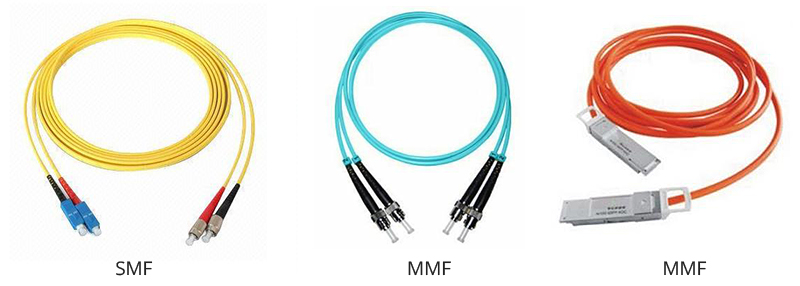
Other Primary Differences
MMF is typically characterized by having a larger core diameter. In most cases, it’s larger than the wavelength of light it supports. Therefore, MMF has more capacity to gather light than SMF. A larger core size means that designers can create a lower cost electronic device and offer a lower price to the public. Also, by using light-emitting diodes (LEDs) and vertical-cavity surface-emitting lasers (VCSELs), the costs can be driven down even more.
Conclusion
SMF and MMF are two different optic cables which have their own separate application fields. It is terribly wrong for not selecting suitable SMF or MMF patch cables according to the application. Think twice before you are certain that the cable is the best choice for your project. If you want to know more details about SMF and MMF fiber optic cables, FS.COM can solve all your problems.
The article originates from http://www.fiber-optic-cable-sale.com/comparison-between-mmf-and-smf-optical-cables.html.
